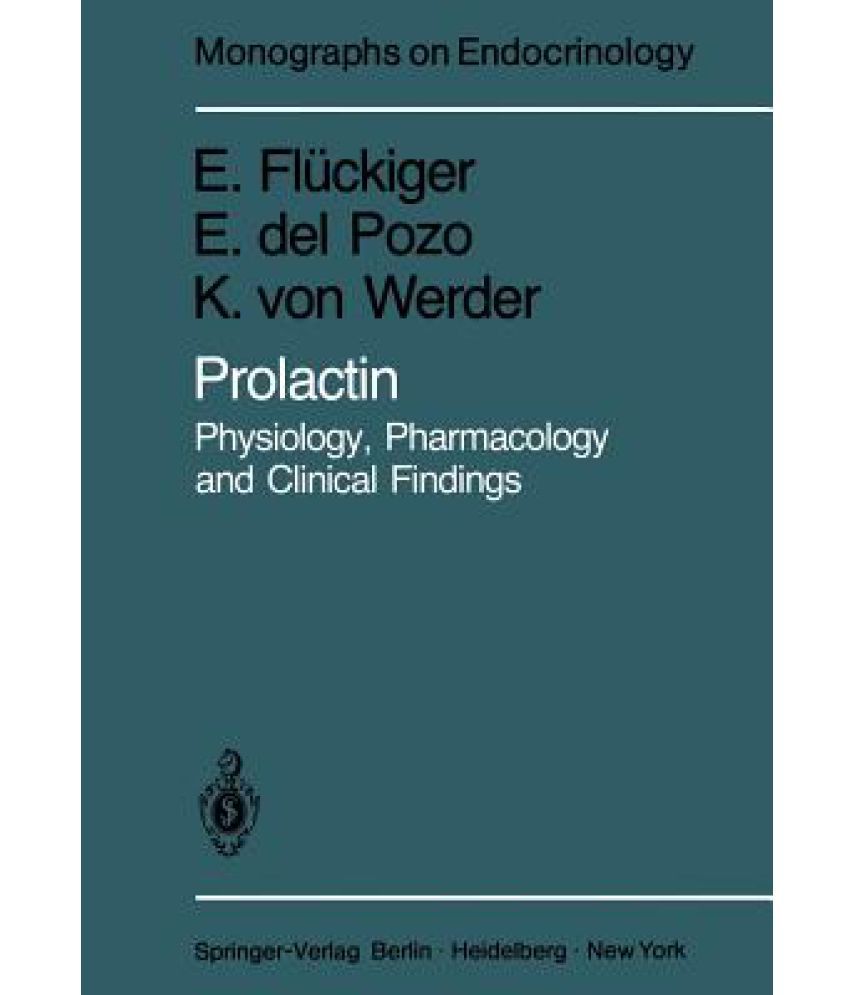Something went wrong. Please refresh the page and try again.
Something went wrong. Please refresh the page and try again.
Notifications can be turned off anytime from settings.
Item(s) Added To cart
Qty.0
Something went wrong. Please refresh the page and try again.
Something went wrong. Please refresh the page and try again.
Exchange offer not applicable. New product price is lower than exchange product price
Please check the updated No Cost EMI details on the payment page
Exchange offer is not applicable with this product
Exchange Offer cannot be clubbed with Bajaj Finserv for this product
Product price & seller has been updated as per Bajaj Finserv EMI option
Please apply exchange offer again
Your item has been added to Shortlist.
View AllYour Item has been added to Shopping List
View AllSorry! Prolactin is sold out.


You will be notified when this product will be in stock
| ||||||||||||||
Learn More about the Book
Lactogenic hormone activity was first observed in bovine pituitary extracts by Stricker and Griiter in 1928, working in Bouin's laboratory in Strasbourg. Since that time prolactin has been shown to exist in anterior pituitary extracts of almost all vertebrate species investigated. Although its biology was extensively studied in many mammalian species, the existence of prolactin in the human was generally doubted, despite the positive evidence produced by such researchers as Pasteels. This can partly be explained by the fact that human growth hormone isolated in 1961, is itself a potent lactogen, in contrast to nonprimate growth hormones, and is present in the normal human pituitary in much greater amounts than prolactin. As a result there was a lag of nearly 10 years until prolactin was unanimously accepted as a hormone of the human pituitary, separate from human growth hormone. In 1970 new bioassay techniques permitted the demonstration of prolactin bioactivity in the serum of postpartum women and galactorrhea patients, and chromatographic methods led to the isolation and purification of human prolactin allowing the establishment of a specific radioimmunoassay for this hormone. This opened the road to the understanding of prolactin physiology and pathophysiology in the human, which has revolutionized clinical neuroendocrinology and reproductive endocrinology. Particularly hyperprolactinemia has turned out to be one of the most common endocrine syndromes.
The images represent actual product though color of the image and product may slightly differ.
Snapdeal does not select, edit, modify, alter, add or supplement the information, description and other specifications provided by the Seller.
Register now to get updates on promotions and
coupons. Or Download App